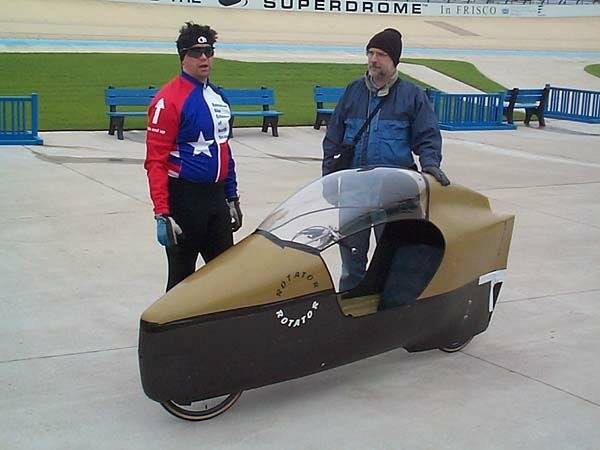BalorNG said:
Flywheel kinetic energy storage does kind of make sense, but only in case if your battery is way too small to absorb regen current, supercaps can do same duty and otherwise simply adding a bigger battery achieves same goal AND gives more range.
A small range extender/genertor plus gyro IS interesting, but again - the problem is with weight of the vehicle and the weight of the gyro. You cannot have meaningful contribution to balance with a small flywheel, you cannot have it spin extemely fast lest if flies apart like a shrapnel grenade, and must be housed and made to exacting tolerances to prevent vibration - hence, very expencive... or simply very heavy and large, which is a very hard sell!
Unfortunately, Lit motors gyrobike seem to be vaporvare - and this is likely the reason. Yes, it can be done, but a leaning narow-track vehicle like Toyota iRoad achieves this goals much simpler (and still not popular enough, because for now people prefer large, spacious vehicles for personal transportation)
But your idea is pretty interesting in a much narrower scope - adding a gyro to *steered* accembly might add enough additional gyroscopic inertia to conribute to stability and self-stability of a fully faired singletrack vehicle lacking conventional trail because trail is a lever arm for side force (stemming from wind gusts, for instance) to produce steering input, and according to data I've gathered you either need very short trail and have it twitchy at high speed, or have it highly unstable in gusty winds conditions.
I'm currently trying to experiment with that, by simply weighting down the steered wheel, and eliminating convetional trail while retanining return to center force that is important for control with virtual pivot system.
This system can be much, much smaller and lighter than something designed to directly affect vehicle balance, because it should only affect steering (in possibly advantageous ways), THAT would create steering/balance corrections.
I had a quick look at gyros and the physics is ...interesting, if not intuitive.
More study reqd. Sigh...

I would say that if you have weight doing double duty; you're saving weight.
ie: If you're building a 2 wheeled, reclining series hybrid anyway; then digging into gyro physics and, if it works (weight, RPMs, etc), implementing a genset/gyro may be worthwhile.
The video/s look promising.
They do seem to have the ability to absorb and transmit large amounts of energy, basically instantaneously.
I don't as yet know how they compare to the new Ultra/Super Capacitors.
When it comes to aero singletrack velomobiles with long trail; they are basically vertical wings:
When there is a crosswind; lift develops on the opposite side of the vehicle.
The center of lift moves forward as the crosswind angle increases from straight ahead. That's OK until the center of lift moves ahead of the front wheel/s.
The real problem occurs when the side wind angle increases to the point where your vertical wing stalls:
ie:
Lets say there's a side wind at 5deg from the left.
You lean the wind and correct steering etc instinctively, with time to react.
But at a crosswind angle of around 12-15deg your vertical wing suddenly stalls:
That means that the 'lift' (likely ahead of your front wheels = leverage) you were leaning left/steering into suddenly disappears with no time to react!
You end up either turning left, or falling over to your left, into oncoming traffic!
Ways to ameliorate that IMHO:
Your vertical gyro idea is certainly interesting, but some other ideas:
Laminar Flow Aerofoils (NASA) where the thickest part of the wing is far back have their center of lift far back.
In your vertical wing that would mean the center of lift doesn't ever get to be in front of the front wheel/s...
Whale turbucles!

Do a search for
Whale tubercles wings fans propellers
Basically what this
tubercles can do for a velomobile is
make the 'vertical wing' stall much more gradually.
That means you have more time to react/correct...
With a wind from the left; the left side of a, so designed body, will be pushed inward, while the right side is sucked/bulged outward.
One could use this
side panel deflection as a steering input to auto correct for wind.
How best to do so would take some experimentation with different length levers, geometry etc, but I think it could be made to work well.
The tail of a well faired velomobile is generally cut off to reduce crosswind instability, increasing drag.
I see no reason why a
weathercocking rudder-like tail cant be used.
ie: keep the tail, but make it weathercock like a large loose rudder.
This should decrease both aero drag (front and/or crosswind) and the crosswind instability.
Elliptical gears or sprocket/s in the steering mechanism would mean less wheel angle per steering input around the straight line (used when traveling fast) and more wheel angle per steering input as steering input angle increases to the angles used at slow speeds for U turns etc...


